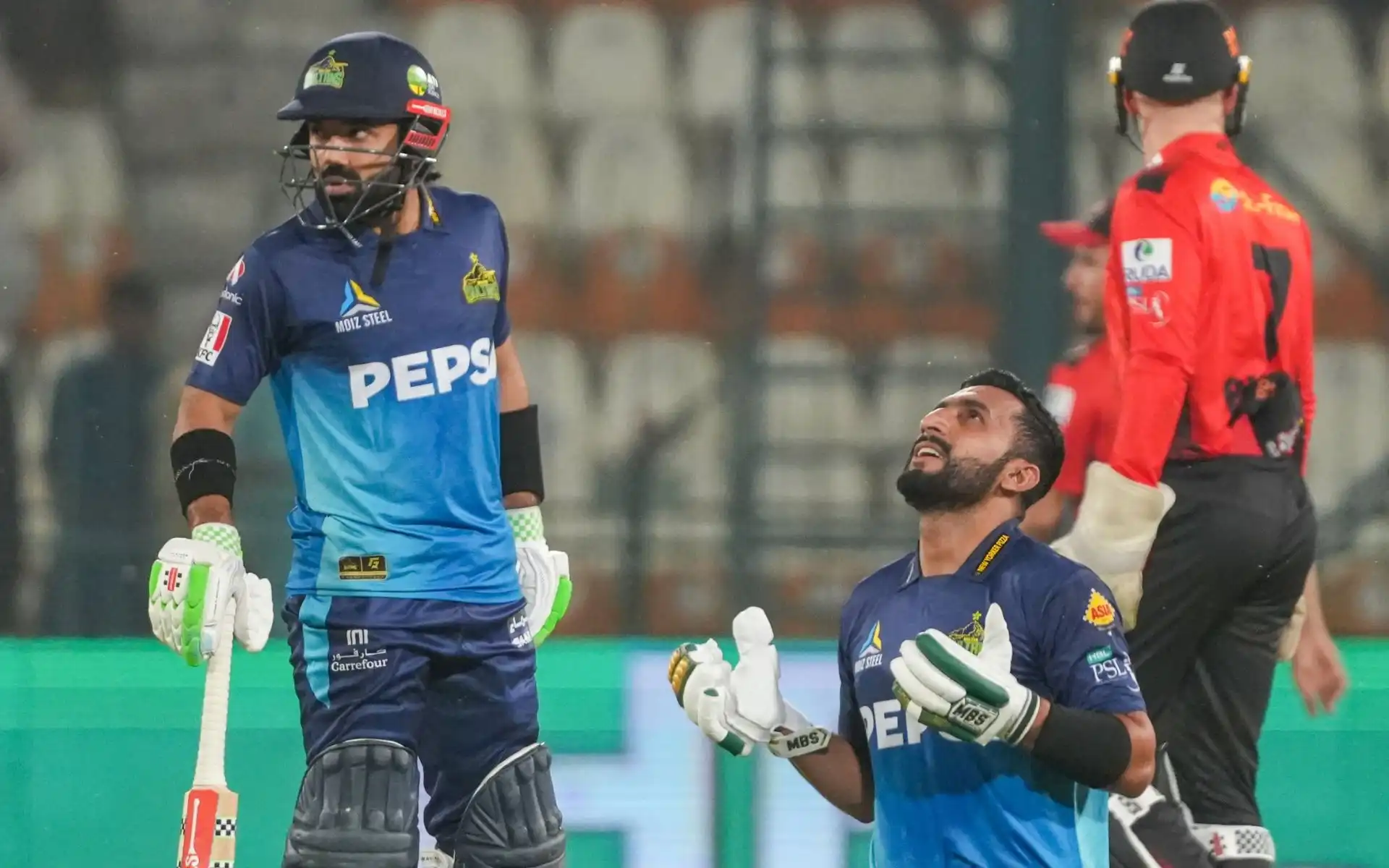![Axar Patel and KL Rahul for IPL 2025 [Source: AP Photos]](https://onecricketnews.akamaized.net/parth-editor/oc-dashboard/news-images-prod/1745354796719_dc_vs_lsg(1).jpg?type=hq) Axar Patel and KL Rahul for IPL 2025 [Source: AP Photos]
Axar Patel and KL Rahul for IPL 2025 [Source: AP Photos]
Delhi Capitals' commanding 8-wicket win over Lucknow Super Giants on April 22, 2025, was a masterclass in efficient T20 batting. While both teams scored at a similar rate in the powerplay, DC's strategic shot selection and superior batting efficiency throughout the innings made all the difference in this fascinating IPL encounter.
The Tale of Two Innings
When we compare the batting performances of both teams, a clear pattern emerges:
Lucknow Super Giants (159/6 in 20.1 overs)
- Top scorer: Aiden Markram (52 off 33, SR: 157.58)
- Boundaries: 14 fours, 4 sixes
- Death overs: 35 runs, 2 wickets, RR: 8.40
Delhi Capitals (161/2 in 18.2 overs)
- Top scorer: KL Rahul (57 off 42, SR: 135.71)
- Boundaries: 11 fours, 9 sixes
- Death overs: 40 runs, 0 wickets, RR: 10.00
While the raw numbers might appear similar, Delhi's approach proved significantly more effective. They hit fewer boundaries overall (20 vs 18) but maximized their impact by prioritizing sixes (9 v 4), resulting in more runs per boundary.
Strategic Shot Selection
The shot selection statistics reveal a fascinating contrast in batting approaches:
Most Productive Shots for LSG:
- LOFTED COVER DRIVE: 4 boundaries
- SWEEP SHOT: 4 boundaries
- BACK FOOT PULL SHOT: 2 boundaries
Most Productive Shots for DC:
- FRONT FOOT COVER DRIVE: 3 boundaries
- LOFTED ON DRIVE: 3 boundaries
- SLOG SWEEP: 2 boundaries
Delhi's batters showed superior adaptation to the pitch conditions, choosing shots that maximized their scoring opportunities while minimizing risk. Their willingness to hit straight down the ground (LOFTED ON DRIVE) demonstrated both confidence and technical proficiency.
![DC vs LSG innings progression [Source: OneCricket]](https://onecricketnews.akamaized.net/parth-editor/oc-dashboard/news-images-prod/1745354672599_dc_vs_lsg.jpg?type=mq) DC vs LSG innings progression [Source: OneCricket]
DC vs LSG innings progression [Source: OneCricket]
The Strike Rate Battle
The individual strike rates tell the story of batting efficiency:
LSG's Top Three Batsmen:
- Aiden Markram: 157.58
- Mitchell Marsh: 125.00
- Ayush Badoni: 171.43
DC's Top Three Batsmen:
- KL Rahul: 135.71
- Abishek Porel: 141.67
- Axar Patel: 161.90
While LSG had individual batsmen scoring at impressive strike rates, DC maintained consistently high scoring rates throughout their batting lineup. Most importantly, their two highest scorers (Rahul and Porel) remained not out until the target was well within reach, maintaining batting momentum throughout the chase.
The Six-Hitting Advantage
Perhaps the most telling statistic is DC's emphasis on six-hitting. They struck 9 sixes compared to LSG's 4, with Axar Patel contributing 4 sixes in his quick fire 34 off 20 balls (SR: 170).
This six-hitting ability proved decisive in the middle overs where the run rate typically slows. DC maintained their momentum during this phase, preventing the kind of pressure build-up that often leads to wickets in T20 chases.
Navigating Spin vs Pace
Another crucial aspect was how both teams handled spin bowling:
Spin Bowling Analysis:
- LSG facing DC spinners: 76 runs from 55 balls, 0 wickets, ER: 8.29
- DC facing LSG spinners: 90 runs from 61 balls, 2 wickets, ER: 8.85
While the economy rates were similar, DC's batsmen showed greater intent against spin, scoring more freely despite losing two wickets. Their willingness to take calculated risks against spinners, particularly in the middle overs, helped maintain scoring momentum throughout the innings.
The Power of Partnerships
The unbroken partnership between KL Rahul and Axar Patel in the latter part of DC's chase exemplified their superior batting approach. By maintaining wickets in hand while keeping the required rate in check, they eliminated any chance of a late comeback by LSG.
Conclusion
Delhi Capitals' victory wasn't just about scoring more runs—it was about how they scored them. Their strategic shot selection, emphasis on six-hitting, and maintenance of batting momentum throughout the innings proved decisive in their comfortable chase.
As IPL 2025 progresses, teams would do well to study DC's batting approach in this match: maximize impact by prioritizing high-value shots, maintain wickets in hand, and accelerate at the right moments. In T20 cricket, it's not just about how many boundaries you hit, but when you hit them and the type of boundaries you choose.
![[Watch] KL Rahul Ignores LSG Owner Sanjiv Goenka As DC Keeper Oozes Swag At Ekana Stadium](https://onecricketnews.akamaized.net/parth-editor/oc-dashboard/news-images-prod/1745344170561_KL Rahul (20).jpg)




